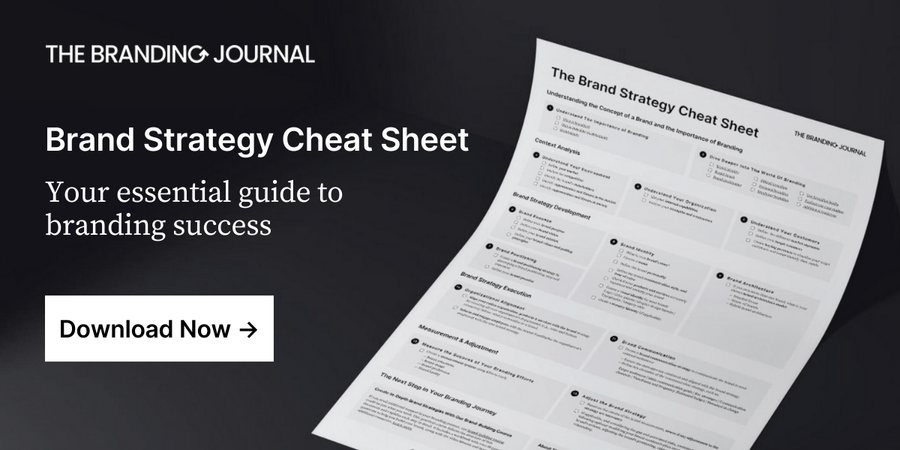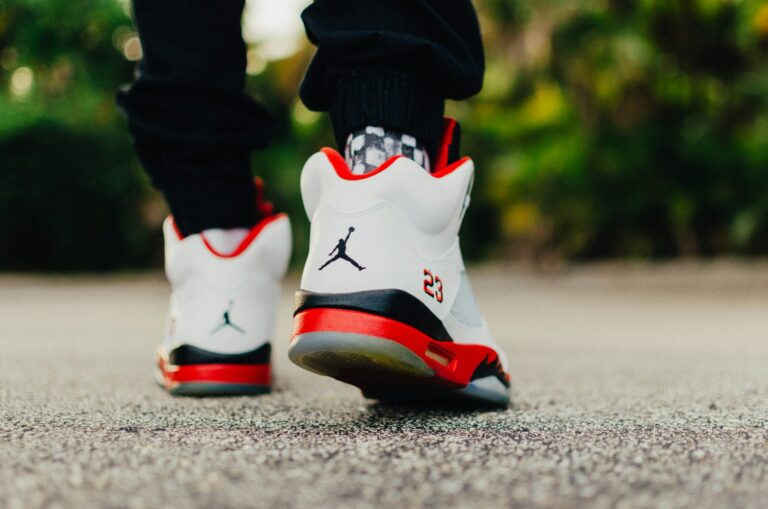As part of the marketing strategy, the process of creating and implementing the new brand, or branding strategy, is perhaps one of the most important steps for any start-up. Your brand will represent your company when interacting with any stakeholder, including your future clients, consumers, providers, shareholders, distributors, and employees.
Here are 15 questions you should ask (and answer!) to create a successful branding strategy:
Proven Systems for Business Owners, Marketers, and Agencies
→ Our mini-course helps you audit and refine an existing brand in 15 days, just 15 minutes a day.
→ The Ultimate Brand Building System is your step-by-step blueprint to building and scaling powerful brands from scratch.
Table of Contents
1. What is the purpose of your brand in today’s society?
Try to define a clear brand purpose for your new start-up. Why did you start this business in the first place except for selling a product or service? Will this purpose be welcomed by your consumers? What does your start-up stand for? What part of today’s society can the start-up improve?
Try to search for something bigger than functional solutions. The purpose should be meaningful, emotional, and bring people together.
2. What are your capabilities?
What are the strengths of your business? Is it technical expertise? A very qualified workforce? Perfect customer service? A totally new and innovative product? Or a very solid industry knowledge? These are just a few examples, but they will make you realize what will seduce your future stakeholders. List them all and make sure these assets and skills will back up your future brand promise.
3. Who are you trying to target with your products and brand purpose?
Think of your future consumers. Who are they? What do they like? How do they behave? Why do they need your product? On the other side – who will you not do business with? Be specific and choose your niche. Your brand will need to attract and reach these future consumers in both a functional and emotional way.
4. What industry are you in?
Open the industry as much as you can. You can be selling biscuits and be in both the snacking and breakfast industries. A clothing brand can be in the clothing industry, but also be part of the rock & roll world depending on the style of the brand.
Another example is Moleskine notebooks which have always claimed to be part of the “creative” industry (not just the notebook industry). This is why the brand recently opened a café for the creatives, to extend its presence in this industry.
5. Do you have a clear offer?
And can you see how that offer can extend and transform over time? Make sure you understand what you are selling and how it can evolve over time. Anticipate future trends and possible product extensions or evolutions.
6. Who are you competing with?
Who else is trying to target these consumers? What do they sell, what are their strengths and weaknesses? List all possible competitors and analyze their behavior in the market.
It’s important to think bigger than the product category. For example, cereal brands compete with other products from the cereal category and other breakfast products such as fruits, yogurts, pancakes, or bacon.
7. What makes you different?
What extra value will you bring to the industry to attract your future consumers? What territory can you enter to be different from your competitors but still be relevant to your target market? Here it is important to define what problem you are solving for your future customers.
8. What is your brand personality?
Think of your future brand as a person. Is your brand going to be friendly? Glamorous? Sophisticated? Classic? Modern? Trendy? Ethical? Sporty? Is it going to speak in an approachable way? Or is it going to be more serious/professional?
9. Does your brand have distinctive values?
List your values. What do you stand for? How do these values make your brand more competitive?
10. What don’t you want your brand to be?
It is important to understand what you don’t want your brand to be or to become. This will help you be different and stay true to your brand objectives and values.
For example, every brand wants to be considered professional, efficient and offer quality products. But not everyone wants to be perceived as classy and elegant, sporty and daring, or funny and childish. Try to avoid being like your competitors. If you are selling football shoes and your main competitor’s brand is mainly perceived as being bold and daring, try not to enter this territory.
11. How do you want your brand to look like?
Think of the visual identity of your future brand. It should be aligned with your brand personality. Think of the look and feel you want your brand to have. You don’t need to define everything at this stage. The best will be to work on the visual identity part with professional designers and branding agencies.
12. What is your brand promise, and how are you going to make it happen?
Create your brand promise according to your capabilities. If you promise that your products are handmade and eco-friendly, make sure this will always be the case. Breaking a promise can be one of the worst things that can happen to your brand. It can destroy its entire reputation.
13. What is your brand’s story?
Stories are important. If your brand’s story doesn’t feel authentic, neither will your products or services. Consider how you answered the previous questions and start understanding the story behind your new brand. This will help you create very valuable and unique content for future communications.
14. How will you get the market’s attention?
How will you continue to be interesting? Think of where you want to communicate your brand. In what media should you appear? How are you going to promote your brand and products through these channels?
15. How will you measure your brand’s success?
Define your goals and assign some ways to measure the success of these goals in the future.
Perhaps your objective is to create an ethical brand that sells natural and vegan products. You will then have to measure your success upon delivering this brand promise. Do consumers perceive the ethics behind my brand? How many products did I sell this week/month/quarter? To find the answers, you can, for example, engage in social listening, conduct focus groups, send out customer surveys, or track sales on business analytics platforms.
It is not always easy to measure the efficiency of a marketing and branding strategy. But keeping in mind your objectives and some ways to measure your results will definitely help you stay true to your day-to-day branding strategy.
Do you know more questions every entrepreneur or brand strategist should think of when creating a new brand? We would love read your thoughts in the comments below!










Hi Marion
Thanks for Sharing this Valuable Information. Keep it up
Nice Info.
Great article! Thank you!
Absolutely insightful! Defining a clear purpose beyond just selling is pivotal in today’s competitive market. This article underscores the importance of understanding not only what sets your start-up apart but also identifying your target audience intimately. I particularly resonated with the emphasis on searching for a purpose that brings people together emotionally and meaningfully. Start-ups should definitely take these guiding questions to heart to truly resonate with their audience. Fantastic pointers!
Thank you Meryl!